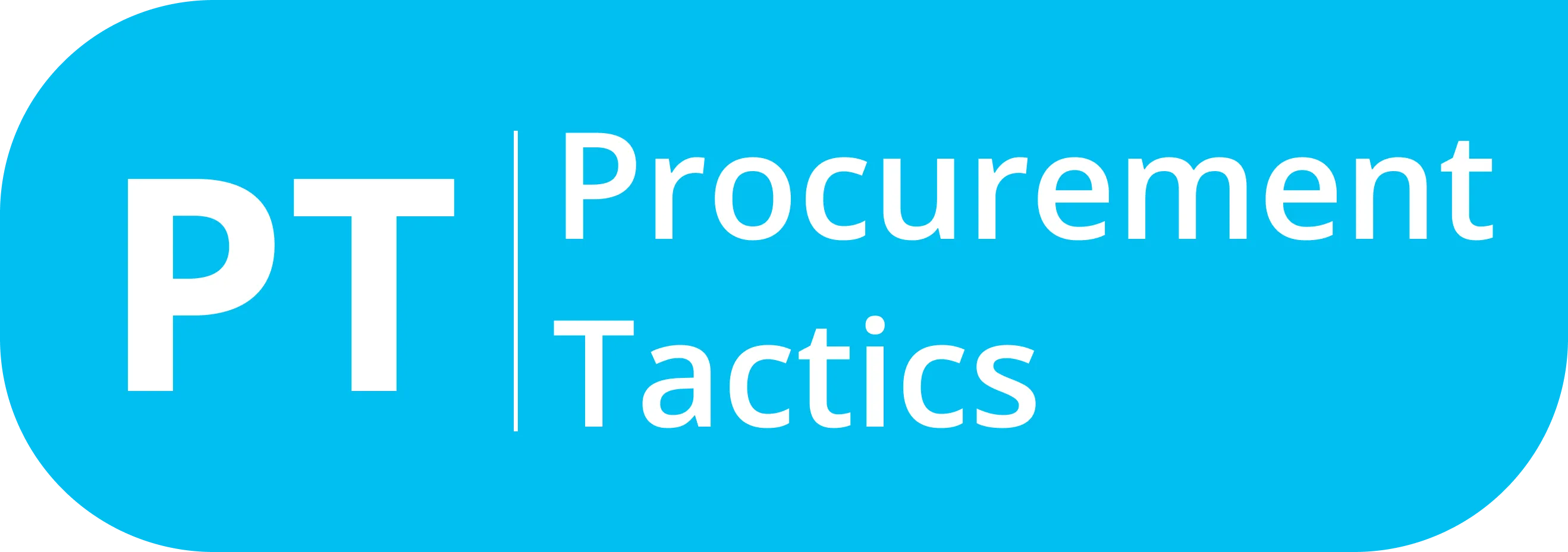Written by Marijn Overvest | Reviewed by Sjoerd Goedhart | Fact Checked by Ruud Emonds | Our editorial policy
From Tactical to Strategic Procurement: How to Elevate Your Team’s Impact
The Problem: Stuck in the Tactical Trap
Procurement professionals consistently highlight the same challenges that keep their teams locked in a reactive, transactional role:
- Too much focus on firefighting: A procurement leader from a North American logistics company shared:
“We spend so much time, solving urgent issues—supplier delays, contract disputes—that we rarely step back to think strategically.”
- Lack of category management: Many procurement teams still operate deal by deal, without a structured approach to long-term category strategy.
- Business doesn’t see procurement as strategic: A CPO from a pharmaceutical company in France put it bluntly:
“If we only focus on cost savings, no wonder leadership sees us as tactical. We need to prove our value beyond price negotiations.”
Moving to a strategic procurement model requires a fundamental shift in how teams operate, how they engage with stakeholders, and how they measure success.
How to Transition from Tactical to Strategic Procurement
After speaking with procurement leaders worldwide, I’ve identified three key shifts that can help procurement teams move beyond a tactical role and start driving real business impact.
1. Shift from Cost Savings to Value Creation
One of the biggest mistakes I see is that procurement is only measured by savings. While cost efficiency is crucial, it’s not enough to earn a strategic seat at the table.
A procurement executive from a retail company in the UK shared how they changed this:
“We started tracking procurement’s contribution to innovation, risk management, and sustainability—not just savings. That’s when leadership started seeing us differently.”
Solution:
- Develop metrics that showcase total value impacts, such as supplier innovation, risk mitigation, and ESG performance.
- Align procurement goals with business objectives (e.g., revenue growth, product development speed).
2. Implement Category Management & Long-Term Planning
Many procurement teams still operate transactionally, negotiating deals on an ad-hoc basis instead of developing long-term strategies.
A procurement director from an Australian energy company explained how they tackled this:
“We moved from chasing one-off deals to structuring 3-year category roadmaps. That changed everything—better supplier partnerships, fewer urgent negotiations, and stronger alignment with business goals.”
Solution:
- Implement category management frameworks to shift from reactive buying to structured, data-driven decision-making.
- Develop multi-year category strategies that align with business objectives and include supplier collaboration plans.
3. Position Procurement as a Business Partner, Not a Support Function
One of the most common frustrations among procurement leaders is that the business doesn’t involve them early enough in decision-making.
A senior procurement manager from a tech company in the US described their challenge:
“Finance and operations used to come to us only when they needed cost reductions. We had to actively change that dynamic and position procurement as a business enabler.”
Solution:
- Engage proactively with internal stakeholders—don’t wait for them to come to procurement.
- Speak their language. Instead of talking about RFPs and contracts, frame procurement’s impact in terms of business growth, risk management, and innovation.
- Set up procurement advisory sessions where teams collaborate with business units before supplier engagements start.
The Future of Strategic Procurement
The transition from tactical to strategic procurement doesn’t happen overnight. But as I’ve seen in companies that have made this shift successfully, the key is proactive leadership—driving change internally and proving procurement’s true business impact. As one CPO from a multinational healthcare company put it: “If we want procurement to be strategic, we have to start acting like it. That means getting ahead of the business, setting the agenda, and showing the value we bring beyond cost savings.” So the real question is: Is your procurement team just reacting to business needs, or are you shaping the future of your company?Final Thoughts
I’ve had this conversation with procurement leaders across industries, and the message is clear: tactical procurement is no longer enough. Companies need procurement to think bigger, act strategically, and drive real business value.
If you’re serious about making this transition, now is the time to:
- Shift from cost focus to value creation
- Build category strategies instead of chasing one-off deals
- Position procurement as a trusted business partner
Strategic procurement isn’t a buzzword—it’s the future of the profession. And the companies that embrace it now will be the ones leading the industry tomorrow.
If you’re interested in learning more about how we help procurement teams make the move toward strategic procurement, schedule a demo with our team.
About the author
My name is Marijn Overvest, I’m the founder of Procurement Tactics. I have a deep passion for procurement, and I’ve upskilled over 200 procurement teams from all over the world. When I’m not working, I love running and cycling.






